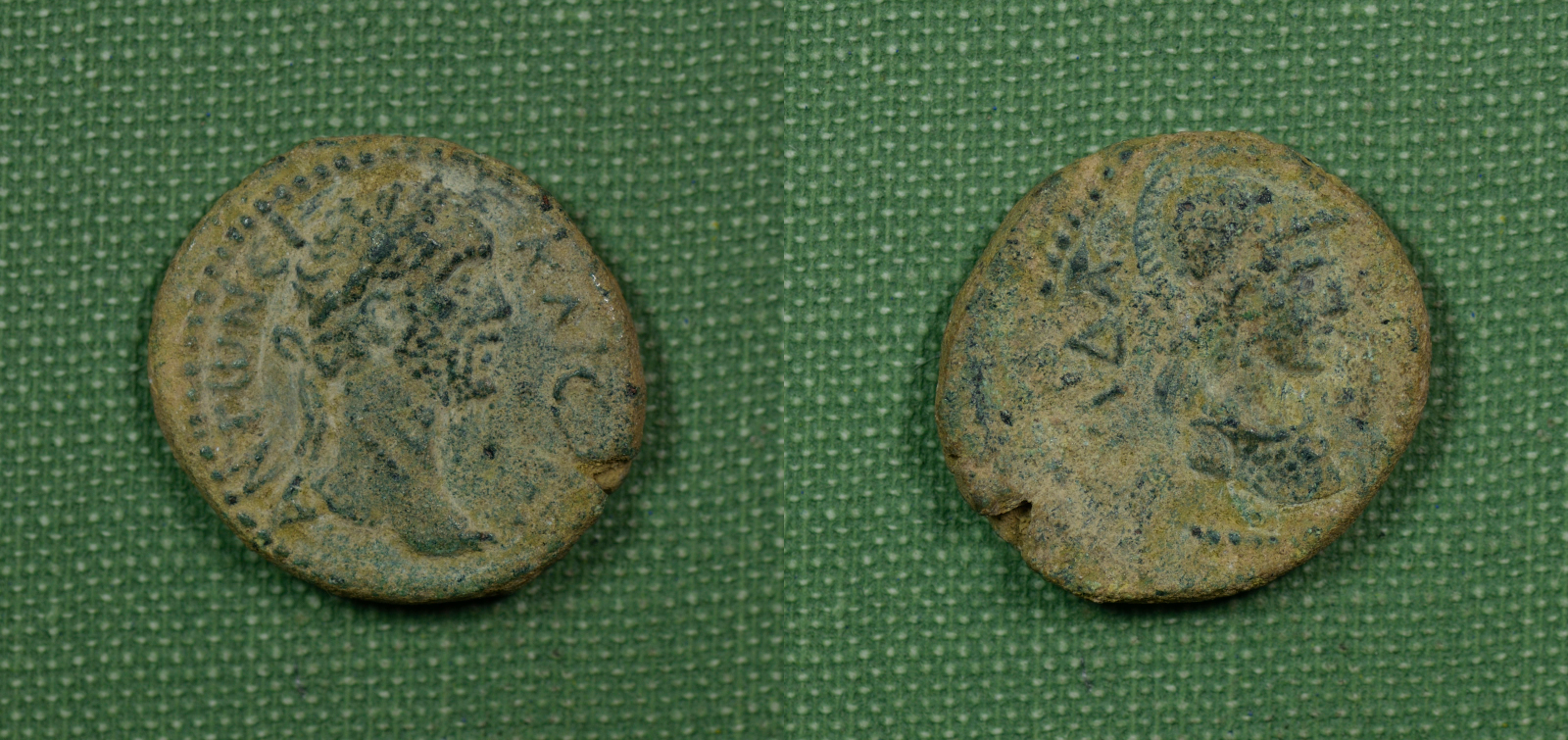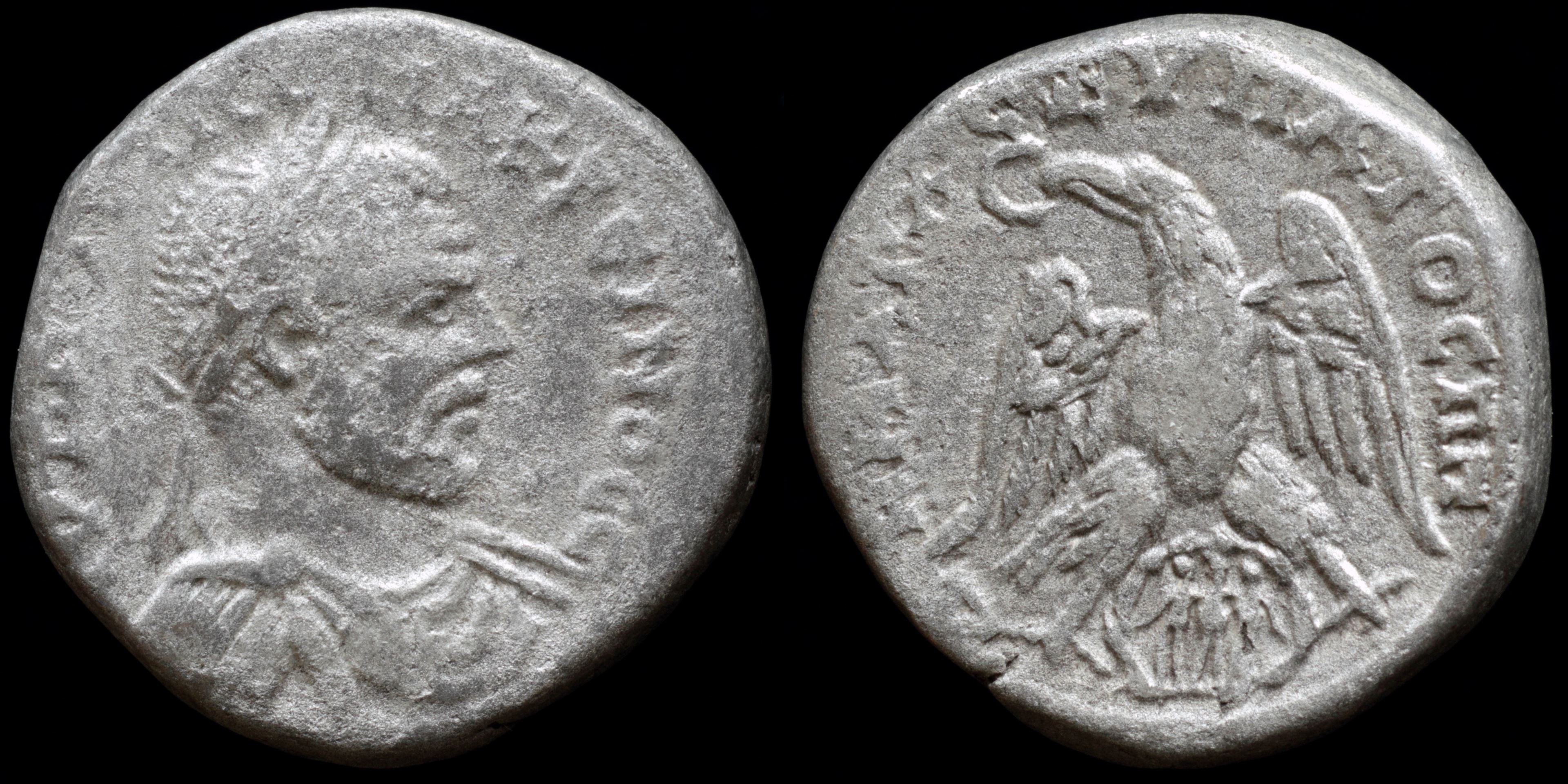Gadara was a center of Greek culture in Iudea, which was considered one of its most Hellenized cities, and enjoyed special political and religious status.
Under the Seleucids, it was also known as Antiochia or Antiochia Semiramis and as Seleucia. The region passed back and forth between the control of the Seleucid kings of Syria and the Ptolemies of Egypt.
In 63 BC, when the Roman general Pompey placed the region under Roman control, he rebuilt Gadara and made it one of the semi-autonomous cities of the Roman Decapolis, and a bulwark against Nabataean expansion. But in 30 BC Augustus placed it under the control of the Jewish king Herod. The historian Josephus relates that after King Herod's death in 4 BC Gadara was made part of the Roman province of Syria.
Under the Seleucids, it was also known as Antiochia or Antiochia Semiramis and as Seleucia. The region passed back and forth between the control of the Seleucid kings of Syria and the Ptolemies of Egypt.
In 63 BC, when the Roman general Pompey placed the region under Roman control, he rebuilt Gadara and made it one of the semi-autonomous cities of the Roman Decapolis, and a bulwark against Nabataean expansion. But in 30 BC Augustus placed it under the control of the Jewish king Herod. The historian Josephus relates that after King Herod's death in 4 BC Gadara was made part of the Roman province of Syria.
Modern location: Umm Quais, Jordan
(1)
Antoninus Pius

Obverse: ΚΑΙϹΑΡ ΑΝΤѠΝЄΙ, laureate head to right
Reverse: ΓΑΔΑΡЄѠΝ ΓΚС (date in legend), helmeted bust of Athena to right, wearing aegis
Diameter:
18 mm
Die Orientation: 12 H
Weight: 3.87 g
Die Orientation: 12 H
Weight: 3.87 g
Ex. Roma E-Sale 78, Lot 769
Dated CY 223 = 159/60
RPC IV.3 Online 6662 (temporary)
(2)
Macrinus

An
AR
Tetradrachm
struck 217-218 AD
in
Gadara
Obverse: Laureate, draped and cuirassed bust right; AVT·K·M·OΠ·CE·_MAKPEINOC C
Reverse: Eagle facing, head left, wreath in beak, Three Graces standing within wreath between legs; Δ_HMAPX_·EΞ·YΠATOC Π Π
Diameter:
24 mm
Die Orientation: -
Weight: 13.7 g
Die Orientation: -
Weight: 13.7 g
No notes for this coin
Prieur 1606 var. (obv. legend)
